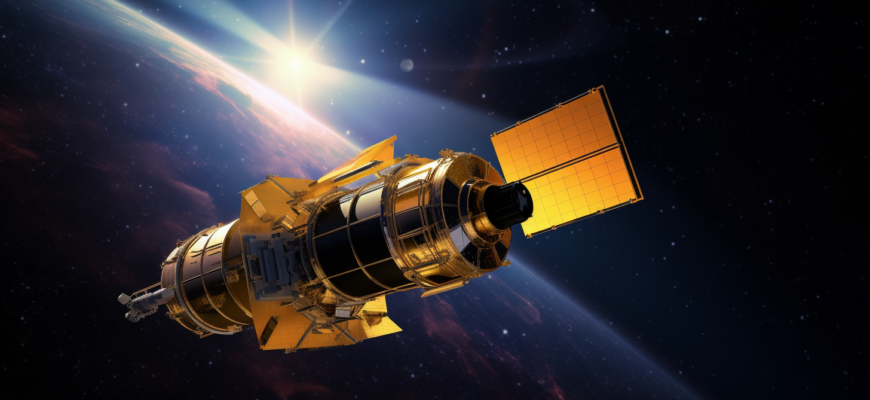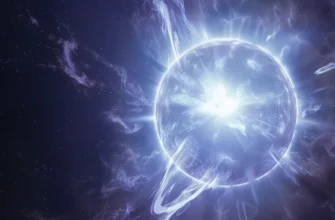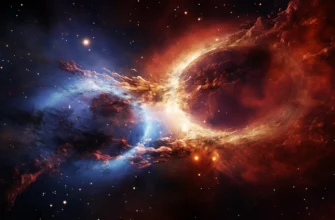From the earliest days of astronomy, humans have been fascinated by the mysteries of the cosmos. As our understanding of the universe has grown, so too have the tools we use to observe and study it. Space telescopes have opened new windows into the unknown, enabling discoveries that have reshaped our knowledge of the stars, galaxies, and beyond. This guide provides an overview of the major types of space telescopes and comparisons of some of the most significant instruments observing the universe today.
- Optical Space Telescope
- Hubble Space Telescope
- James Webb Space Telescope
- Comparisons
- Radio Telescopes
- Arecibo Observatory
- Very Large Array (VLA)
- Comparisons
- X-Ray Telescopes
- Chandra X-ray Observatory
- XMM-Newton Observatory
- Comparisons
- Gamma-ray Telescopes
- Fermi Gamma-ray Space Telescope
- High Altitude Water Cherenkov (HAWC) Observatory
- Conclusion
Optical Space Telescope

Optical telescopes utilize the visible spectrum of light to produce images of astronomical objects. They were the first type of telescope created, beginning with Galileo’s refracting telescope in 1609. Since then, optical technology has continued advancing alongside the burgeoning field of astrophysics.
The central aim of an optical space telescope is to collect as much light as possible from faint, distant objects. The larger the primary mirror or lens, the greater its light-gathering power. Enhancements like coatings on the mirrors improve reflectivity and detector technologies like charge-coupled devices (CCDs) boost sensitivity to light. Other innovations counteract the blurring effects of the Earth’s atmosphere.
Hubble Space Telescope
The Hubble Space Telescope (HST) is arguably the most iconic and productive scientific instrument ever built. Launched in 1990, Hubble was the first major optical space telescope, designed to orbit high above distortions from Earth’s atmosphere. It remains NASA’s flagship observatory, providing astonishing views of the cosmos and changing our understanding of the universe.
With a primary mirror spanning 2.4 meters wide, Hubble has played a central role in many breakthrough discoveries. Its crisp images have enabled measurements of the universe’s expansion rate, detection of black holes, and peering back in time across over 13 billion years of cosmic history. Hubble’s longevity has allowed versatile observations across the whole electromagnetic spectrum through interchangeable instrument packages. Upgrades and servicing missions by space shuttle crews kept Hubble on the cutting edge of its potential.
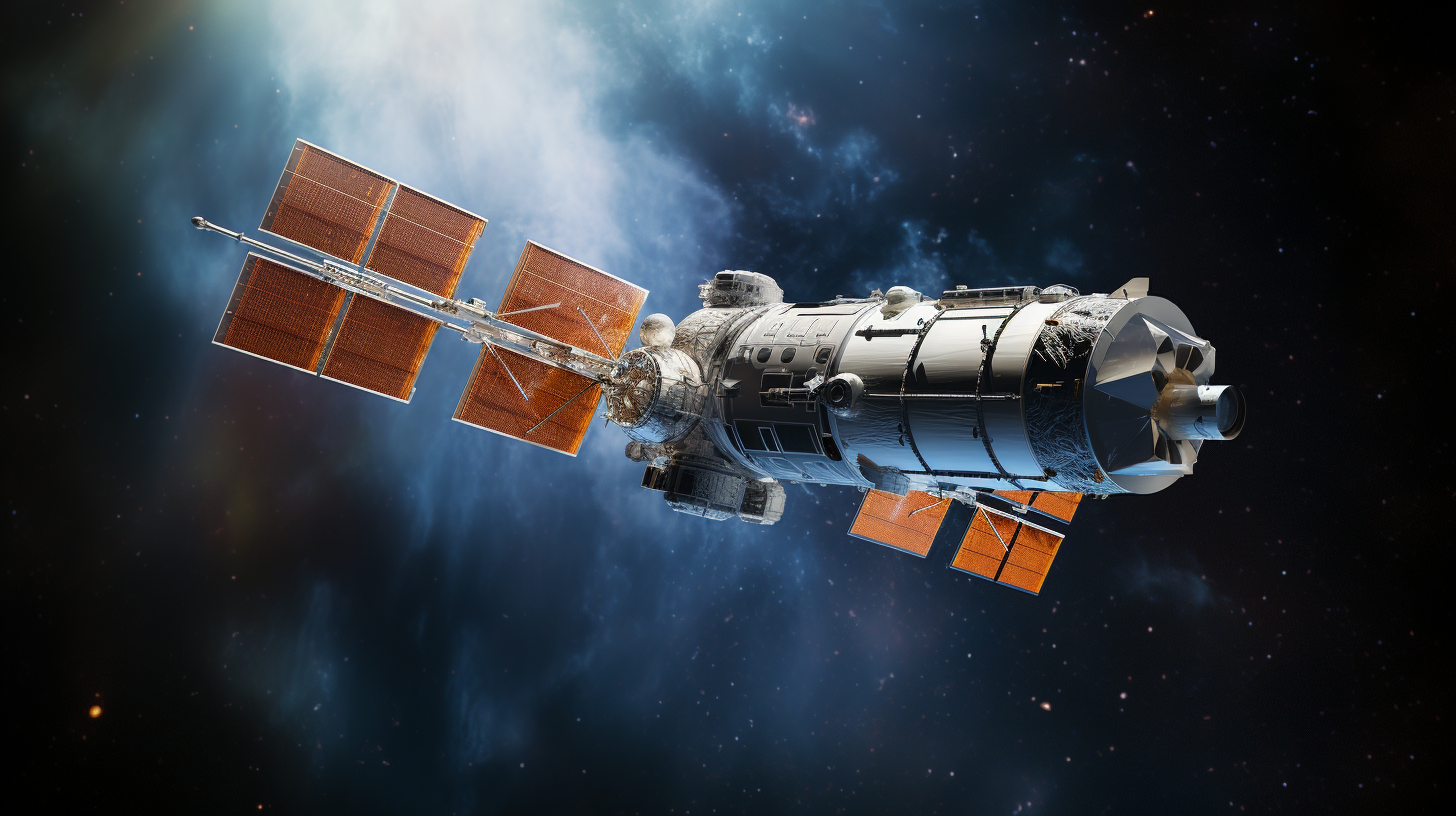
Hubble is a reflecting Ritchey–Chrétien design space telescope with near-perfect images formed across a wide field of view. Key instruments include:
- Wide Field Camera 3 – Panchromatic wide-field high resolution imagery from near ultraviolet to near infrared
- Cosmic Origins Spectrograph – Ultraviolet spectroscopy of faint astronomical objects
- Near Infrared Camera and Multi-Object Spectrometer – Infrared imaging, spectral analysis
With over 1.5 million observations and counting, Hubble has inspired generations and will continue trailingblazing observations for years to come.
James Webb Space Telescope
The James Webb Space Telescope (JWST) is the largest and most complex space telescope ever constructed. As Hubble’s designated successor, Webb represents the new frontier of space-based astronomy. Its advanced infrared instruments are optimized to study the first stars and galaxies emerging after the Big Bang.
Webb launched on December 25, 2021 after decades of planning. Unfolding to a massive 6.5 meter primary mirror, it is an engineering marvel pushing the limits of possibility. This gigantic light-collecting area combined with precise shape and alignment gives JWST unparalleled sensitivity. The mirror is made of 18 hexagonal segments coated in gold for maximum infrared reflectivity.
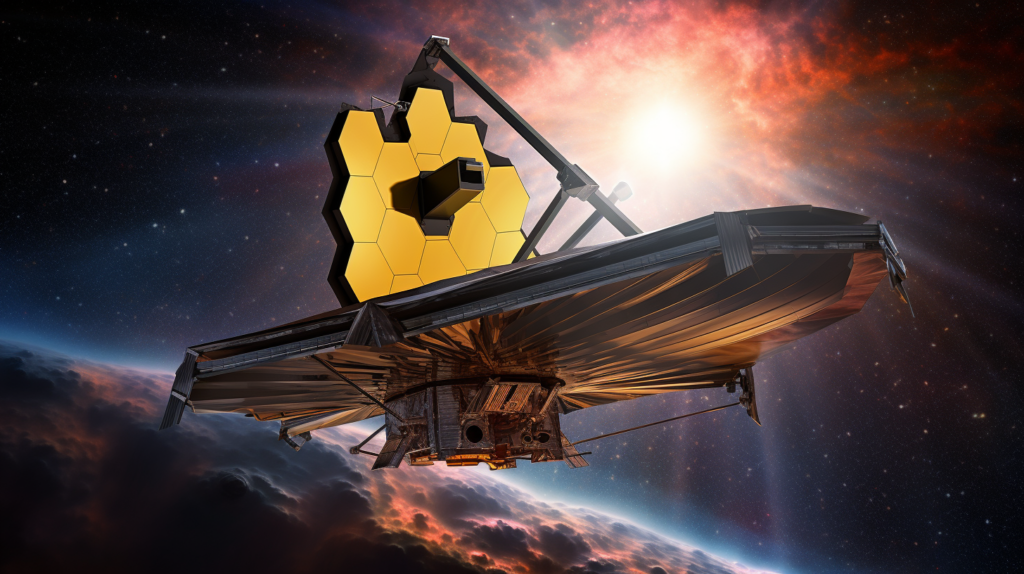
To detect the faintest heat signals from ancient cosmic objects, the space telescope must be kept extremely cold. Webb utilizes a five-layer sunshield to maintain operating temperatures below 50 Kelvin. This allows the instruments to work in the infrared with little interference from the space telescope itself. The sunshield spans an area as large as a tennis court!
JWST will study every phase of cosmic history including the atmospheres of exoplanets, galaxy formation, and the lifecycles of stars. Its advanced instrument suite includes:
- Near-Infrared Camera – Wide-field broadband imaging from 0.6 to 5 microns
- Near-Infrared Spectrograph – R=100 to R=3000 spectroscopy from 0.6 to 5 microns
- Mid-Infrared Instrument – Imaging and spectroscopy from 5 to 28 microns
Webb promises to revolutionize our understanding of the infrared universe. The knowledge it provides will inspire astronomers for generations.
Comparisons
The Hubble and Webb space telescopes represent the past, present, and future of optical space astronomy. Hubble opened up visible wavelengths while Webb pushes into the infrared. Some key comparisons:
- Hubble orbits Earth at 547 km altitude while Webb sits 1.5 million km away at the second Lagrange point. This provides Webb with a stable orbit out of Earth’s shadow.
- At 6.5 meters, Webb’s mirror has 2.7 times larger light-collecting area than Hubble’s 2.4 meter mirror. This provides greater sensitivity, especially for faint infrared sources.
- Hubble observes from visible light through near-infrared while Webb is optimized for near and mid-infrared wavelengths. Their imaging and spectrographic ranges are complementary.
- While Hubble can be serviced by space shuttles, Webb’s distant orbit means it is not designed to be serviced after launch. Its lifetime will be limited by fuel and component failures.

Together, Hubble and Webb give humans unprecedented views across the optical and infrared electromagnetic spectrum. Their combined observations using multiple techniques will unravel mysteries from our own solar system to the edge of the observable universe.
Radio Telescopes
While optical telescopes study visible and infrared light, radio telescopes detect radio waves emitted naturally by astronomical objects. Radio emission is generated by interactions between charged particles in strong magnetic fields and other energetic processes throughout the universe.
Radio wavelengths have the advantage of penetrating cosmic dust clouds that can obscure objects at higher frequencies. This allows unique observations of stellar nurseries, supernovae remnants, and the galactic center. Modern radio astronomy opened up in the 1930s and flourished after World War 2 with technology adapted from radar systems.
Larger sizes enable radio telescopes to achieve high angular resolution. They utilize large parabolic dish antennas or arrays of smaller antennas spaced across wide areas. To obtain detailed images of structures like supernova remnants, complexes of multiple radio telescopes can operate together as interferometers.
Arecibo Observatory

The Arecibo Observatory in Puerto Rico housed the largest single-dish radio telescope until its tragic collapse in 2020. The enormous 305 meter spherical reflector focused radio waves onto a suspended platform housing instruments and detectors. Arecibo was completed in 1963 and conducted breakthrough studies of planets, asteroids, pulsars, and the ionosphere.
Some major discoveries at Arecibo include:
- The first exoplanet orbiting another star in 1992
- The first millisecond pulsar in 1982, opening up timing studies of pulsars
- Radar mapping of planets and asteroids to reveal surface features
- Observing the first binary pulsar in 1974, providing tests of general relativity
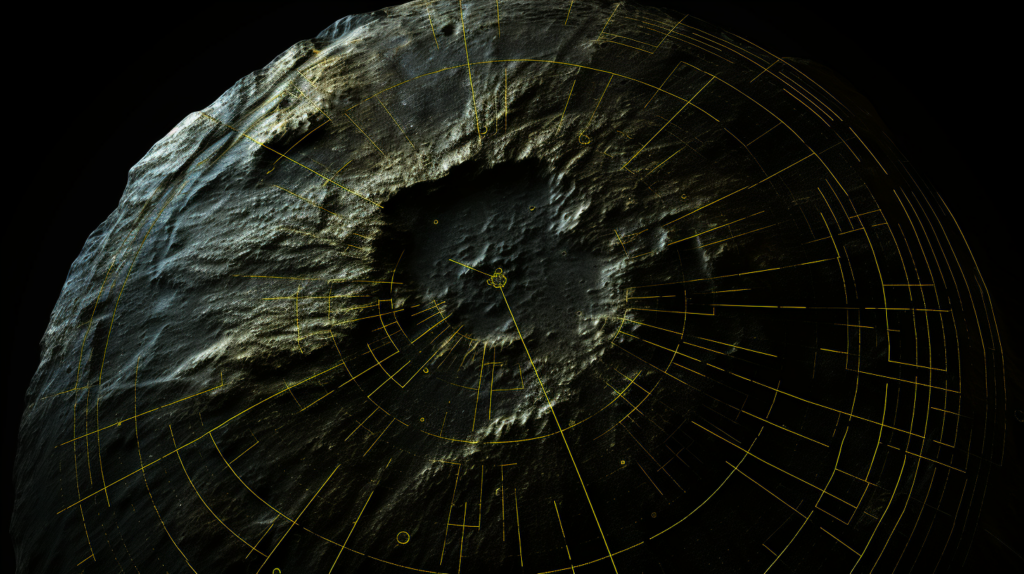
Arecibo’s vast reflective surface enabled ultra-sensitive radio observations across the spectrum along with planetary radar capabilities. It demonstrated the power of huge single-dish instruments until its decommissioning.
Very Large Array (VLA)
The Karl G. Jansky Very Large Array (VLA) takes a different approach than Arecibo, spreading 27 radio antennas across the New Mexico desert. Each 25 meter dish can be precisely repositioned along a “Y” shaped array spanning 21 miles on a side. This provides variable baselines for interferometry, emulating a telescope 36 km in diameter.
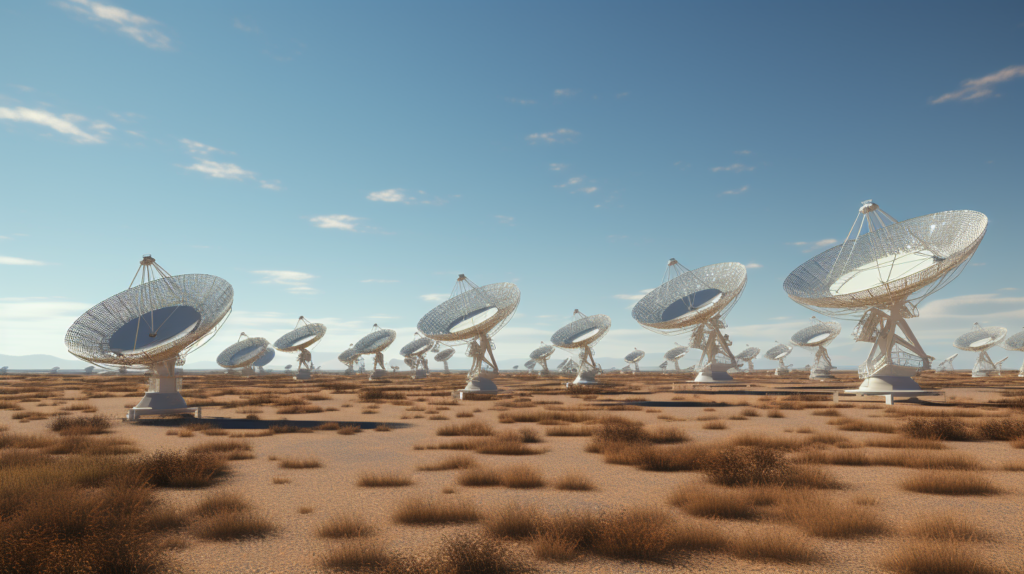
Since beginning operations in 1980, the VLA has been a workhorse of radio astronomy and one of the most scientifically productive ground-based observatories. Key discoveries and achievements include:
- High fidelity imaging of cosmic radio jets and accretion disks around supermassive black holes
- Mapping magnetic fields by tracking polarized radio signals from pulsars and galaxies
- Observing complex organic molecules forming in stellar nurseries
- Imaging protoplanetary disks with ultra-fine angular resolution
- Discovering water masers around young stars and in active galactic nuclei
The VLA demonstrates how arrays of smaller radio antennas can work together as an interferometer to achieve results rivaling or exceeding the largest single dishes. It continues producing cutting-edge radio astronomy.
Comparisons
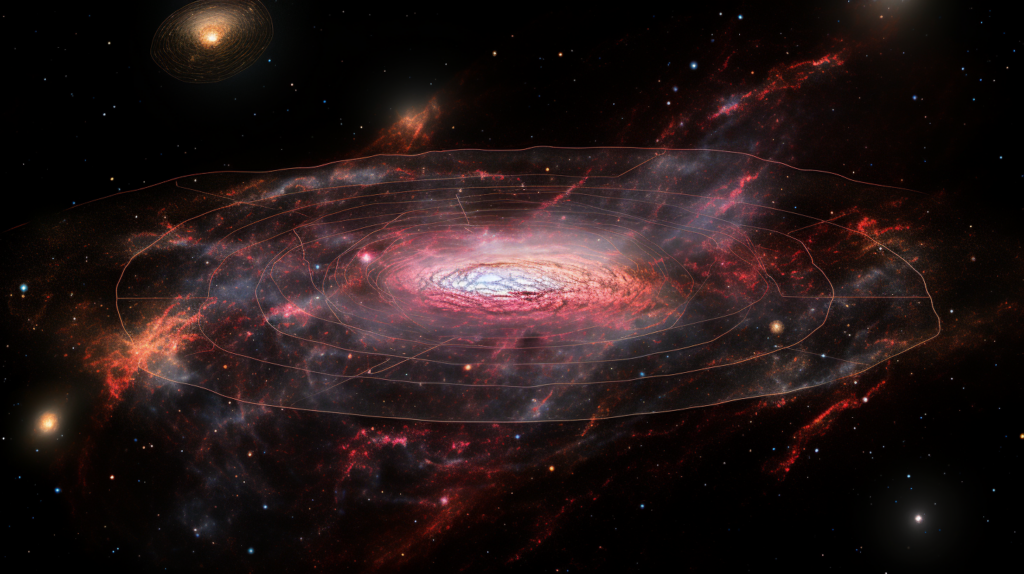
The Arecibo and VLA telescopes represent different radio astronomy approaches – single huge reflectors versus spread-out interferometric arrays. Key differences include:
- Arecibo uses a fixed spherical reflector while the VLA has 27 movable parabolic dish antennas.
- At 305 meters wide, Arecibo’s reflector dwarfs each VLA dish at 25 meters but their collective area rivals Arecibo’s.
- The VLA can change its configuration to improve angular resolution or sensitivity while Arecibo’s geometry is fixed.
- Arecibo could access about 80% of the sky while the VLA can point to any part of the celestial sphere.
- While Arecibo is deactivated, the VLA continues observations as new upgrades enhance its capabilities.
Together, these telescopes helped radio astronomy mature into a vital field for studying energetic cosmic processes hidden at many wavelengths. Their synergistic discoveries underscore the value of complementary approaches.
X-Ray Telescopes
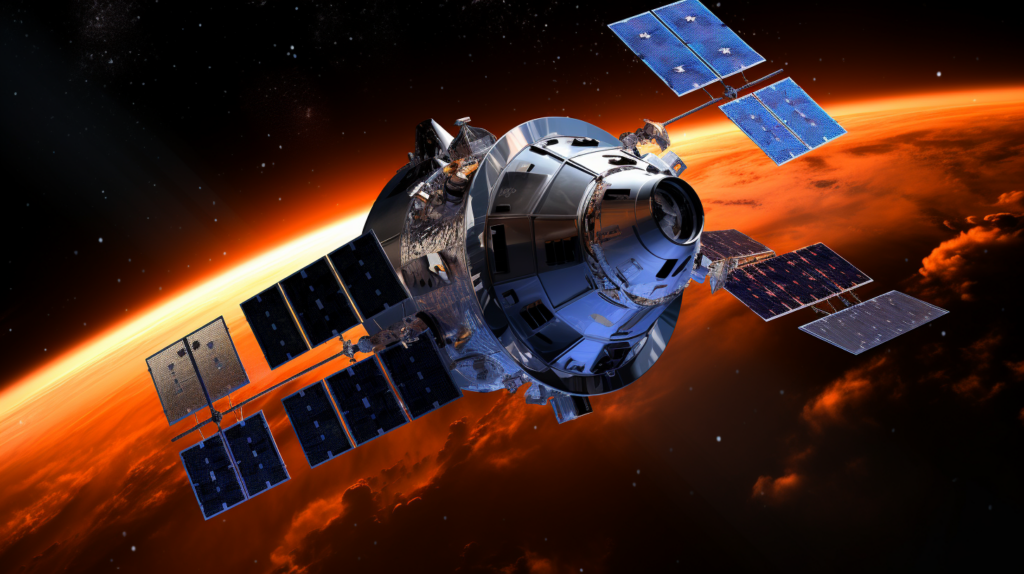
Beyond visible, infrared, and radio light, the high energy Universe shines in X-rays. This penetrating radiation is emitted by extreme environments around neutron stars, black holes, supernova remnants, and vast galaxy clusters. X-ray astronomy blossomed in the 1960s and 1970s with the advent of grazing incidence telescopes and space observatories.
X-rays are absorbed by the atmosphere, so X-ray telescopes must operate above it. Satellite observatories feature nested cylindrical or conical mirrors grazing incident X-ray photons at very shallow angles into the detectors. This allows focusing the energetic photons while minimizing absorption losses. Larger collection areas require longer and longer shells or stacks of mirrors.
The short wavelengths of X-rays require high angular resolution optics to resolve fine details. Position-sensitive detectors map the incoming photons while spectrographs analyze their energies. Together, these instruments provide powerful diagnostic information on energetic cosmic phenomena.
Chandra X-ray Observatory
The Chandra X-ray Observatory is NASA’s flagship mission for X-ray astronomy, launched in 1999 and still operating today. Chandra features the largest X-ray mirrors ever deployed, with over 4 nested pairs spanning 4 meters in diameter but only 30 cm long. This provides Chandra with high sensitivity and sub-arcsecond angular resolution, producing the sharpest X-ray images of any telescope.
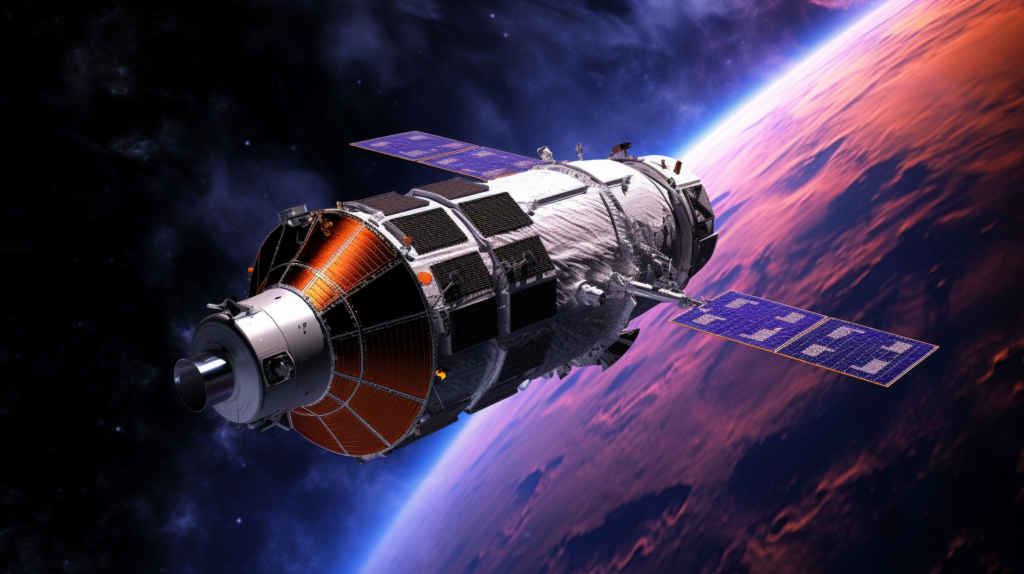
Chandra’s region of focus is the X-ray Universe, studying phenomena emitting energetic photons up to 10 keV. Key discoveries and achievements include:
- Resolving details around supermassive black holes like flare activity close to the event horizon
- Observing shockwaves, jets, and accretion flows powered by compact objects
- Mapping vast hot halos of gas surrounding galaxy clusters
- Catching X-ray bursts, pulsations, and thermonuclear flashes from neutron stars and X-ray binaries
- Observing supernovae and supernova remnants like Cassiopeia A to study explosive nucleosynthesis
Chandra’s sharp vision, spectral resolution, and sensitivity make it a powerful tool for studying the high-energy processes throughout the cosmos. It continues providing insight into extreme physics.
XMM-Newton Observatory
The XMM-Newton Observatory is an X-ray telescope facility operated by the European Space Agency (ESA), launched in 1999 alongside Chandra as a complementary mission. The name XMM reflects its suite of X-ray telescopes utilizing nested mirror assemblies developed by international partners.
With 58 concentric nickel shells spanning over 3 meters, XMM has the largest total collecting area of any imaging X-ray telescope. This enormous light-gathering power provides great sensitivity to faint sources, while good 15 arcsecond angular resolution provides detail on extended sources like supernova remnants and galaxy clusters.
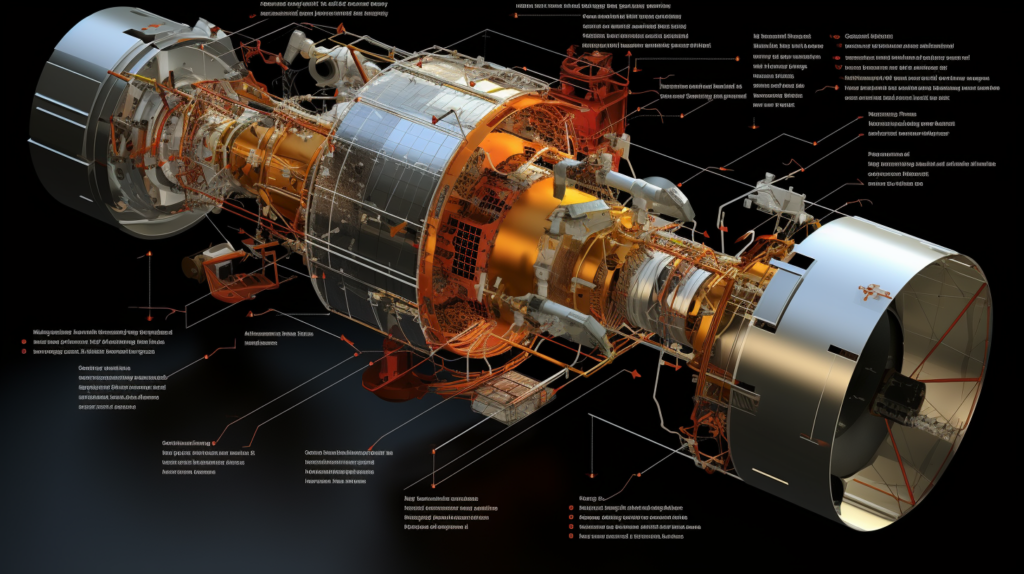
Key science areas for XMM-Newton include:
- Mapping elemental abundances in galaxy clusters, supernovae, and stellar coronae
- Observing accretion flows onto neutron stars, white dwarfs, and black holes
- Catching transient phenomena like gamma ray bursts, novae, and flare stars
- Monitoring long term variability of active galactic nuclei and X-ray binaries
- Studies of dark matter and the evolution of galaxy groups and clusters
With its wide field of view and broadband energy coverage up to 15 keV, XMM serves as an essential X-ray facility for European astronomers and worldwide collaborators.
Comparisons
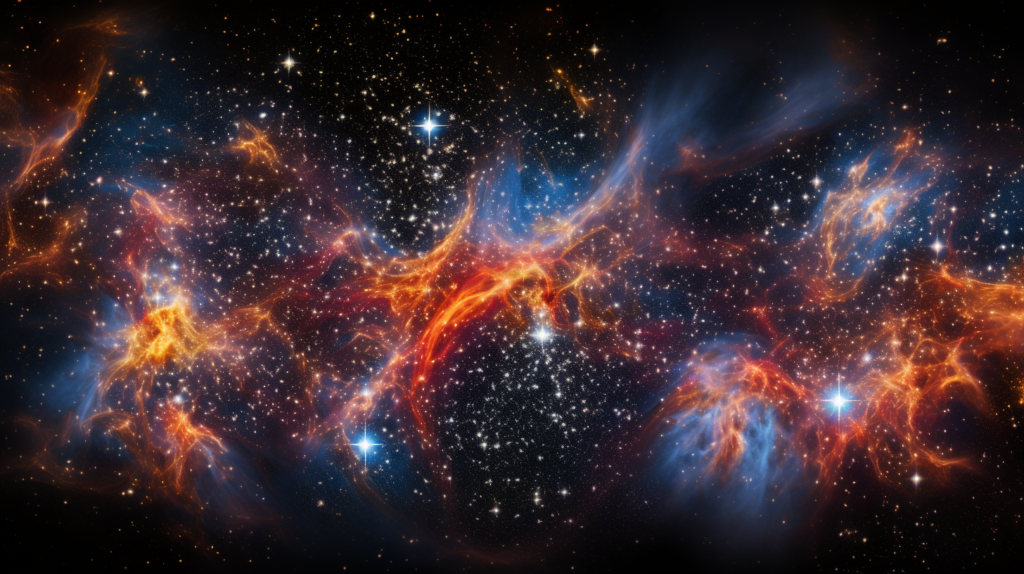
Chandra and XMM-Newton take complementary approaches to focusing X-ray photons onto their detectors:
- Chandra utilizes 4 nested pairs of grazing incidence mirrors while XMM has 3 mirror assemblies each with 58 concentric nickel shells.
- XMM’s collecting area is greater at about 1500 cm^2 vs 800 cm^2 for Chandra. This makes XMM more sensitive to fainter sources.
- Chandra provides finer angular resolution at 0.5 arcseconds, able to resolve finer details than XMM’s 15 arcsecond resolution.
- XMM has higher timing resolution, able to study faster variability in sources like X-ray pulsars.
- While Chandra covers a smaller energy range up to 10 keV, XMM reaches energies up to 15 keV.
Together, Chandra and XMM-Newton cover the X-ray sky with imaging clarity, temporal sensitivity, and spectral resolution. Their combined perspectives are piecing together how energetic processes shape the Universe at the largest scales.
Gamma-ray Telescopes

At the most energetic end of the electromagnetic spectrum are gamma rays, produced in the most extreme cosmic environments. Sources include the aftermaths of supernovae, dense neutron star and black hole systems, and cosmic ray interactions. Since gamma rays are impervious to mirrors or lenses, gamma-ray space telescopes use indirect techniques.
One approach uses coded aperture masks – plates with specifically arranged pinholes allowing gamma ray sources to cast patterns on detectors. Computer algorithms translate the patterns back into images, localizing the sources. Another technique converts gamma ray energy into electron-positron pairs in thin metal sheets, tracking their paths in a magnetic field to reconstruct original directions. High energy gamma rays can initiate electromagnetic cascades in the atmosphere accessible to high-altitude balloon instruments.
Space-based gamma-ray space telescopes open up the highest energy Universe, detecting photons up to teraelectronvolts and beyond. Their wide views survey the gamma-ray sky and then follow-up pointed observations on promising sources. Detection of high energy gamma rays coincident with observations at longer wavelengths helps identify source mechanisms.
Fermi Gamma-ray Space Telescope
The Fermi Gamma-ray Space Telescope, launched by NASA in 2008, now scans the entire sky every 3 hours looking for gamma-ray outbursts, flares, and variability. It sports two specialized instruments – the Large Area Telescope (LAT) and the Gamma-ray Burst Monitor (GBM).
The LAT utilizes converters that transform gamma rays into electron-positron pairs, whose paths are tracked in a stack of tungsten sheets interleaved with silicon strip detectors. Reconstructing these tracks localizes incident gamma rays from 20 MeV up to 300 GeV with a wide field of view. GBM employs scintillation detectors to catch gamma ray bursts.

Highlights from Fermi include:
- Providing all-sky monitoring and surveying the gamma-ray universe with new source detections
- Localizing high energy astrophysical sources like pulsars, blazars, gamma-ray bursts, and magnetars
- Mapping and measuring diffuse cosmic backgrounds of energetic gamma rays
- Studying high energy emissions from solar flares and terrestrial gamma-ray flashes
- Detecting expanding shockwaves left over from ancient supernova explosions
Fermi provides an ongoing sweep of the energetic gamma-ray sky, catching fleeting events and exploring the highest energy processes at work.
High Altitude Water Cherenkov (HAWC) Observatory
The High Altitude Water Cherenkov (HAWC) Observatory in Mexico takes a different approach to studying very high energy gamma rays. At an altitude of 4100 meters, HAWC utilizes large water tanks outfitted with photomultiplier tubes to analyze cosmic ray air showers created when gamma rays and cosmic rays strike the upper atmosphere.
Cherenkov radiation is produced as the resulting air shower moves through the water faster than light’s speed in that medium. By analyzing the time evolution and amount of Cherenkov radiation, HAWC reconstructs the energy and original direction of the cosmic ray or gamma ray that spawned the air shower.

Conclusion
Space telescopes have opened new windows into the cosmos, revolutionizing astronomy across the electromagnetic spectrum. New facilities continue to build on past successes, providing fresh perspectives on longstanding mysteries. The next generation of observatories like the Nancy Grace Roman Space Telescope and Cosmic Evolution Through UV Spectroscopy (CETUS) will survey billions of galaxies and probe the origins of the elements. As technology improves, space telescopes grow larger and more complex. Concepts like the High Definition Space Telescope (HDST) and Lynx X-ray Observatory hint at future capabilities. The quest to understand our cosmic context continues, led by the stunning visions provided by space telescopes.

